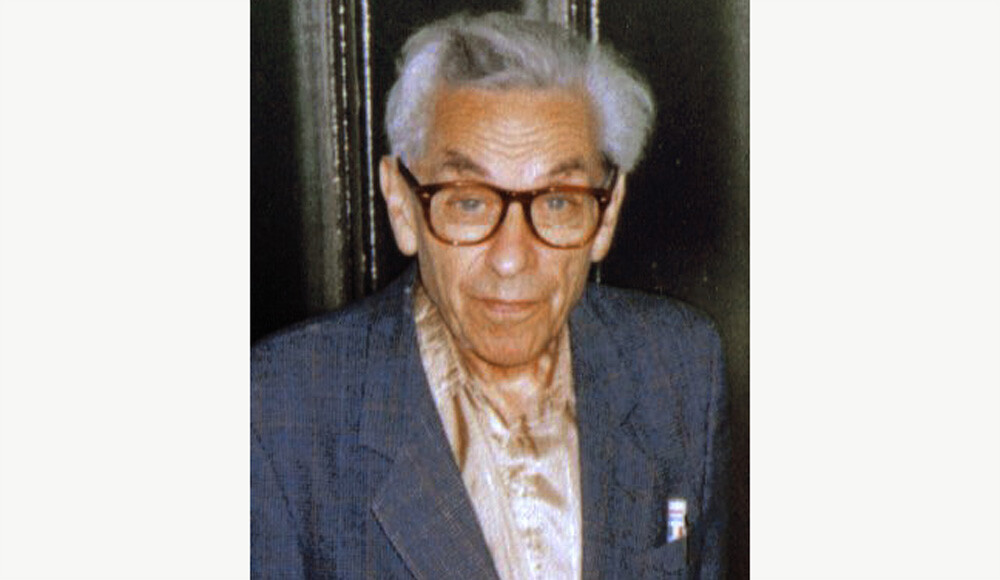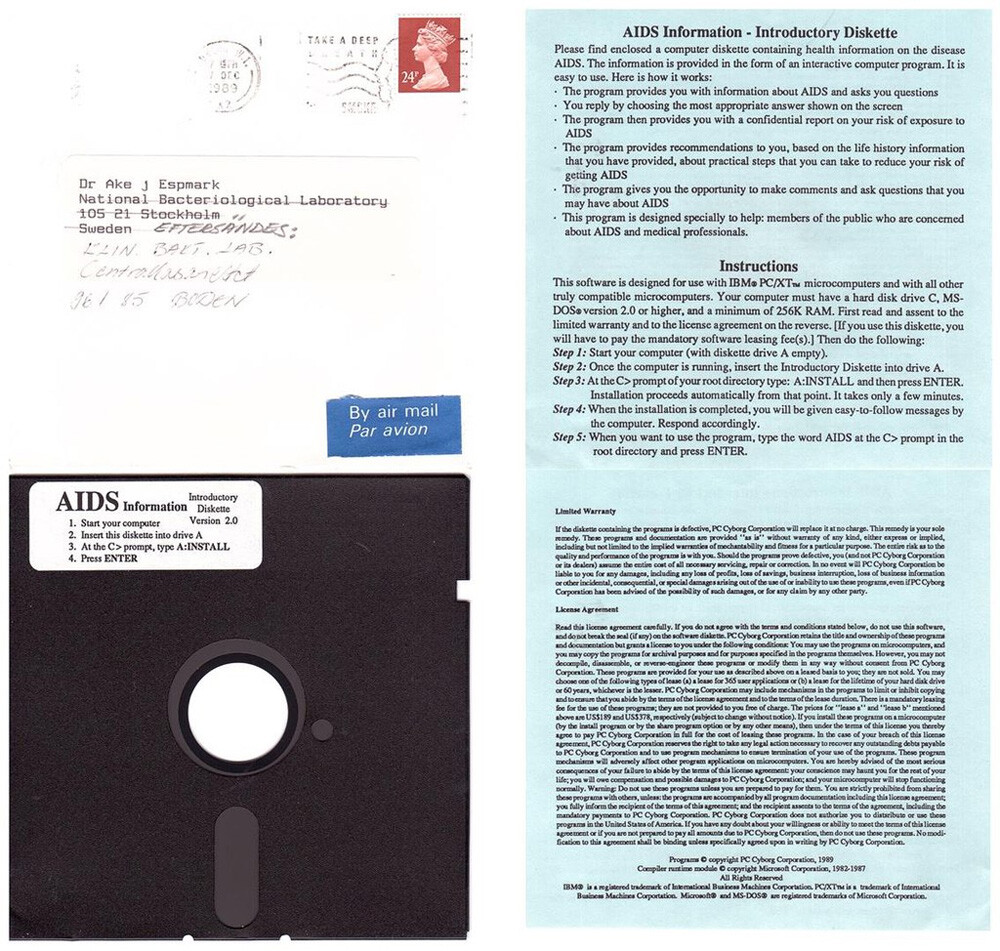5 Dumb Stumbling Blocks That Held Science Back

We can all name one big factor holding science back: People’s petty morality, which interferes with our plan to create an army of cyborgs. Currently, it’s still “illegal” to replace human brains with motherboards, converting people into drones that will attack our enemies.
Some will argue that there are good reasons behind that ban. But people have argued that a lot of stuff had good reasons behind them, without realizing the scientific cost. Stuff like...
Prohibition
When America banned alcohol nationwide, it didn’t actually ban alcohol nationwide. Unless the feds came knocking at your door, enforcement fell to local jurisdictions, and these varied widely in how strictly they upheld the ban. San Francisco, for example, didn’t enforce it at all, passing a resolution saying police shouldn’t implement Prohibition “on any basis.” Similarly, Maryland passed no laws connected to Prohibition, leaving Baltimore a convenient place to get a drink as well.
Don't Miss
Meanwhile, there were also counties that had their own prohibitions on alcohol even before the Eighteenth Amendment. All of which means that some — but not all — counties in the U.S. stopped serving liquor starting in 1920. And when we look at those counties that stopped doing so, we see something surprising: People in those counties filed fewer patents than immediately before this time, which is a drop we don’t see in other counties.
The shortfall in patents was somewhere between 8 and 18 percent, compared to right before Prohibition. Evidently, alcohol stimulates all inventors’ inspiration. Of course, most of those inventors were just going to come up with new types of bottle openers, but those would be valuable inventions all the same.
One Guy Abstaining from Speed
Other illegal substances similarly fuel the scientific mind. Consider mathematician Paul Erdös. This guy is so celebrated that mathematicians today measure how cool they are by how many degrees of separation they are from him. If you write a paper with someone who wrote a paper with someone who wrote a paper with Erdös, you have an Erdös number of two and are the envy of your whole town. You might also know him from the time he tried to cheer up a friend by bringing him some math problems, resulting in the friend immediately shooting himself.

Erdös worked on mathematics for 19 hours a day. He was able to sustain this pace thanks to a diet of amphetamines. He made it a point to drink espresso and take caffeine tablets, but when that wasn’t enough, 20 milligrams of speed did the trick.
Some people think daily drug use is bad for you, so a friend challenged him to give the stuff up for one month. Erdös lasted the full 30 days, and he won money on that bet. And at the end, he told his friend, “You’ve showed me I’m not an addict. But I didn’t get any work done. I’d get up in the morning and stare at a blank piece of paper. I’d have no ideas, just like an ordinary person. You’ve set mathematics back a month.”
He returned to drugs after this, and that is why we have numbers today.
Excel Running Out
In the 21st century, there was this disease called COVID-19, and for a little while, people took it quite seriously. In Britain, for example, a centralized authority early on was documenting every case. A whole lot of private firms did tests on people, and they sent their results to the government, who stuck all the positive records into a giant Excel file to count them.
For a while, they counted a total of 65,536 cases nationwide. Then, a little later, they showed a total of 65,536. Then, after additional tables of data came in and were processed, the master file still showed a total of 65,536 cases. Clearly, something was going wrong here.

via Wiki Commons
The issue was that an Excel fie (.XLS) can hold a total of 65,536 rows and no more. As they input more and more rows, the doctors were accidentally deleting old ones and leaving the total unchanged. More than a dozen years previously, Microsoft had replaced the .XLS file format with a newer sort of Excel file, which supports 1,048,576 rows, but when was the last time you ever saw a government computer using up-to-date software?
One Man’s Ransomware Plot
The first ever case of ransomware happened in 1989. It didn’t spread online. It came in the form of floppy disks, mailed to 20,000 addresses worldwide. Supposedly, the software offered a tool for testing your likelihood of getting AIDS.

Once people popped the disk into their computers, it also installed a virus, which locked their data away. If you wanted your files back, you had to send money to a post office box in Panama. The ransom note phrased this as buying a license, obscuring the extortion.
The man behind this scheme was Joseph Popp, a Harvard-educated doctor working out of Kenya. He really was researching AIDS, and when he was caught, he claimed he only did this scheme to raise money for AIDS research. A judge actually sided with him — perhaps not agreeing this was a valid motive but at least agreeing that the guy was too nuts to stand trial. Popp claimed to be unwell and wore a condom over his nose to demonstrate this.
Popp didn’t generate much money for his AIDS research. In fact, he hurt AIDS research. One of his targets was a lab doing its own investigation of AIDS, and they said the attack cost them 10 years of work. It sounds absurd that he’d send his ransomware to AIDS research institutions, considering everyone else he could have hit. But he had to. Those were the people most interested in reading a disk labeled “AIDS.”
Fear of Corpses
We have one more epidemic to bring up — Paris’ cholera outbreak of 1832. It killed Nicolas Carnot, a physicist whose work had great influence after his death. You know our concept of absolute zero, and of measuring temperatures from that value? That came from Carnot’s work. Or what about this whole idea we have called entropy? That, too, originated from Carnot.
When scientists came up with those ideas based on his writings, they were, of course, interested in checking out everything else he’d written. But they couldn’t. Nearly all of it had been buried with him. People thought that was safest, since his corpse had had cholera, and surely all his papers did as well.

In reality, cholera’s transmitted through water and food but not from person-to-person and certainly not from papers-to-person. There was no need to dispose of his writings.
What discoveries did we lose thanks to this paranoia? Did Carnot figure out how to convert waste heat into fuel perhaps? Or did he create a time machine? Did he cure cholera, as well as all other diseases? Without a doubt, he did all this and more.
Some would say that the pages surely quickly disintegrated, but let’s not lose hope. Meet us at the grave, tonight. It’s time to unearth the truth.
Follow Ryan Menezes on Twitter for more stuff no one should see.